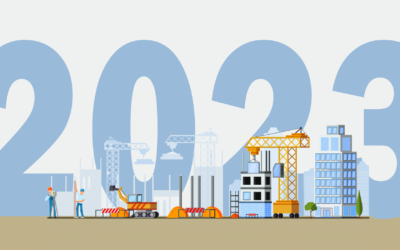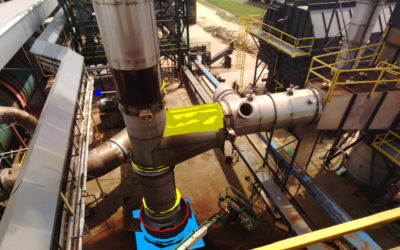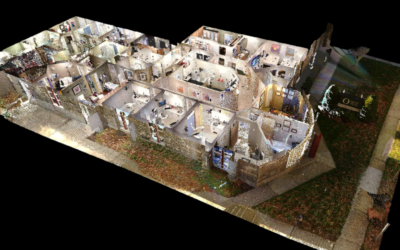Five Technologies Revolutionizing the Construction Industry
This post was originally published in the Construction Executive
Over the past two decades, there has been an explosion of intelligent technologies in the construction industry as enthusiasts and entrepreneurs are using emergent technologies to optimize the construction project life cycle. Consider five technologies that will have a major impact on the future of construction.
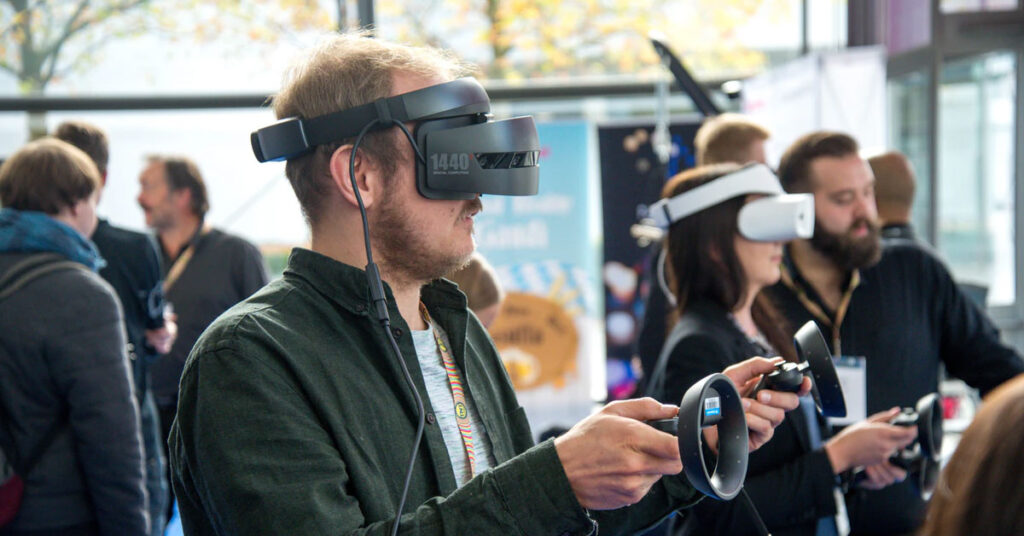
VIRTUAL REALITY
While virtual reality initially erupted in gaming and entertainment, it has quickly been realized as a transformative technology that can be applied to many industries, and construction is no exception. While the technology has not yet reached mass adoption, architects and engineers have the potential to use VR to plan project designs and coordinate the construction life cycle in 3D.
By using software like IRISVR or Modelo, teams can transition their 3D models into immersive VR experiences with a headset. This allows team members to move around in project plans and collaborate on key decisions no matter their location. This can take clash detection and team coordination to new levels. Teams spread out across the country or even across the globe can immerse themselves in the site plans and prevent project conflicts.
In addition to advanced collaboration, using VR in the construction life cycle can reduce travel time and expenses of both field teams and clients, which can add up depending on the size of the team and their locations. By visualizing project plans in 3D, client approvals can be made from far away, quickening the construction pipeline.
The benefits of VR are not limited to project plan visualization as it is also helping to fill the skilled trades gap. Companies such as Interplay Learning and Serious Labs are using VR technology to create immersive jobsite simulations. These simulations offer real-world training without the risk. Teams develop their expertise, become well versed in the trade, and are able to fulfill job requirements when it counts with ease. VR field training enables teams to do their jobs right and prevents costly and potentially dangerous mistakes. This is an exciting new application of the technology that will provide the next generation of tradesmen with the education and field training they need.
SMART SENSORS
Construction sites are slowly but surely becoming connected IoT ecosystems. What does this mean? Computing systems like those in smartphones are being used in construction equipment and on sites to communicate job details effortlessly.
Construction sites are a jigsaw puzzle of activity. It’s easy amid this frenzy of activity for things to go under or miscommunicated. To ensure that teams are staying on target, companies such as Equipment Share have applied smart sensors directly to the construction equipment, making it easy to see the utilization and productivity of any given piece. This information makes it possible for team leads to evaluate processes for greater efficiency, ultimately resulting in faster timelines and a reduction in skilled trade hours, boosting the project’s bottom line.
Along with reporting jobsite activity, smart sensors can also be used on construction sites to ensure safety. Construction job requirements can be dangerous. There are heavy moving pieces that could collapse, potentially harmful fibers and materials, and many obstacles scattered throughout the area making it easy to trip, slip or fall.
Pillar Technologies and Triax’s Spot-r have both created sensor technology that monitors site conditions, air quality and verifies that field teams are safe. These sensors map out the construction site and automatically alert team leads and team members if something is amiss. This seamless communication prevents harmful accidents, mitigates risk, and gives field teams confidence that their safety is a priority.
3D SCANNING
Construction projects require a number of different teams to coordinate their plans. Disjointed and outdated preconstruction workflows make this a difficult task for project managers and general contractors. Trade team plans frequently conflict, causing clashes in project plans which lead to costly work order changes and project delays. These disruptions can be easily prevented with 3D Scanning.
With 3D Scanners like the Faro Focus, construction teams are able to capture exact site conditions after the demolition and before the construction life cycle begins. Using a non-harmful laser, the scanner takes the exact measurements of the entire jobsite and creates a 360′ virtual tour. With the exact measurements and 360′ view of the site, trade teams are able to coordinate project plans, making sure they work the first time.
At DJM, BIM technicians pair 3D scanning services with BIM models for a seamless Scan-to-BIM workflow. Because 3D scanners have no room for human error, BIM models created with the 3D scans are incredibly accurate and often eliminate RFIs and reduce skilled trade hours. This increases the profitability of the job and increases the speed of the preconstruction process.
ROBOTICS
As seen with their applications in manufacturing and warehouses, having robots work alongside humans improves overall job efficiency and productivity. In construction there are many simple and repetitive tasks that can be given to a machine, freeing up skilled trade worker’s time to tackle the job tasks that really matter.
The Construction Robotics Semi-Automated Mason (SAM) does just this. By working collaboratively with the site mason, the robot does most of the heavy lifting, leading to lower installation costs and a major boost in productivity. The mason is able to focus on site planning. This also helps to fill the skilled trade gap, which is getting wider each year.
While the skilled trade gap expands as baby boomers leave the workforce, the demand for skilled workers grows. Construction companies struggle to recruit millennials and Generation Z. To help close this gap, Built Robotics is augmenting construction site work with intelligent robots outfitting them with AI to autonomously fulfill job duties. With this hybrid human and robot cooperative model, trade teams are able to stay productive amid the shrinking pool of qualified tradesmen.
Robotics are also helping workers maintain productivity by literally taking the weight off their shoulders. Ekso Bionics has created the EksoVest which assists tradesmen lifting heavy equipment. Historically a career in construction has meant a future of joint and back problems amid other health conditions due to job requirements. With robotics augmenting day-to-day tasks, this might change for the next generation of construction workers.
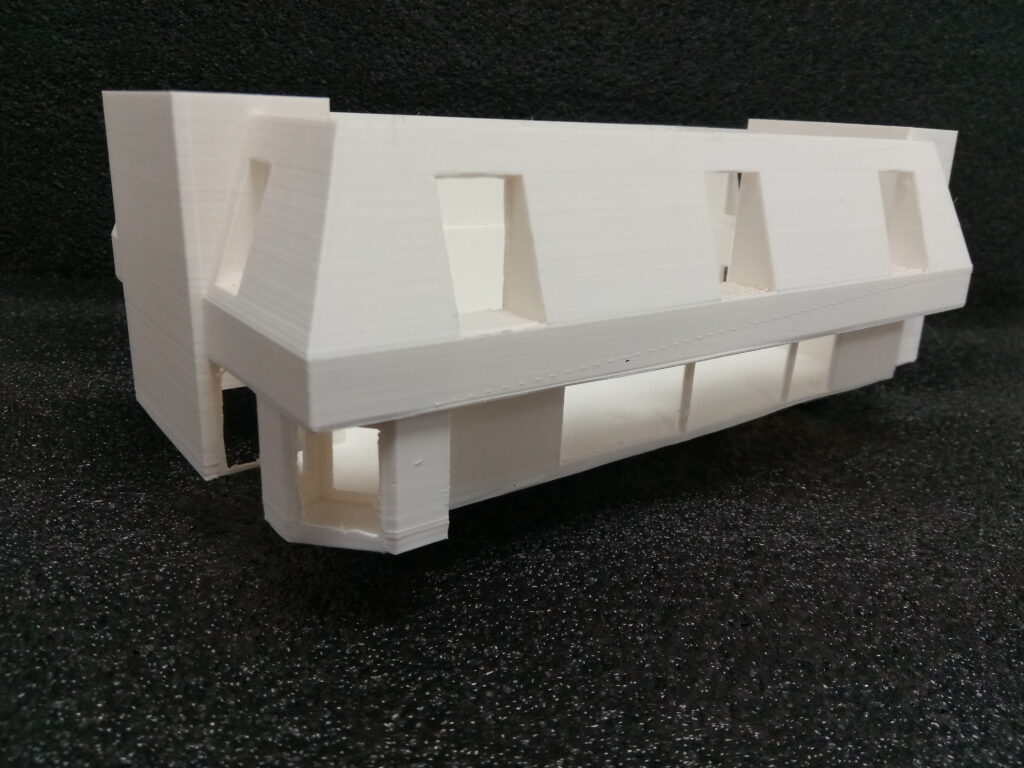
3D PRINTING
While the industry is still experimenting with 3D printing, recent applications of the technology are inspiring like Kisawa’s plans for a 3D-printed resort and Dubai’s two-story 6,900 square-foot government office. However, 3D printed buildings aren’t just for luxury or large scale projects. Using ICON’s Vulcan printer, San Francisco based New Story is working to create affordable housing and fight homelessness due to the technology’s fast production times and low cost.
3D printing also promises less waste. It’s no secret that the construction industry’s life cycle can lead to large amounts of unused or discarded materials. Onsite manufacturing enabled by 3D printing would reduce the likelihood that job components are manufactured incorrectly or damaged in transit. By placing this technology in the hands of skilled tradesmen, the construction process could be more streamlined, leading to fewer project delays and costly project changes.
From site safety to optimized operations, all these technologies have the potential to positively impact the way construction companies carry out project plans from the start to end of the construction life cycle. As their applications increase, more companies will realize their value leading to new innovations. While slow to start, the technological revolution of construction is on the horizon and is just getting started.
